When it comes to creating a once-in-a-lifetime Nunavut adventure, timing is everything.
In Nunavut, the term “force of nature” must be taken a bit more seriously. Nature is literally a force to be reckoned with in the North, alternately freezing solid the mighty ocean, splitting chunks off of massive glaciers, or blanketing the earth in snow. To the Inuit, each passing season holds its own significance for their culture and survival. Different ways of traveling the landscape, hunting, and creating shelter evolved as a result of their respect for, and close attention to, annual weather patterns.
Today’s modern conveniences and specialized equipment mean that Nunavut is accessible to travellers year-round. However, each season offers its own unique characteristics and challenges, almost recreating the land itself from one period to the next. The time to visit is entirely dependent on the type of adventure one wishes to have.
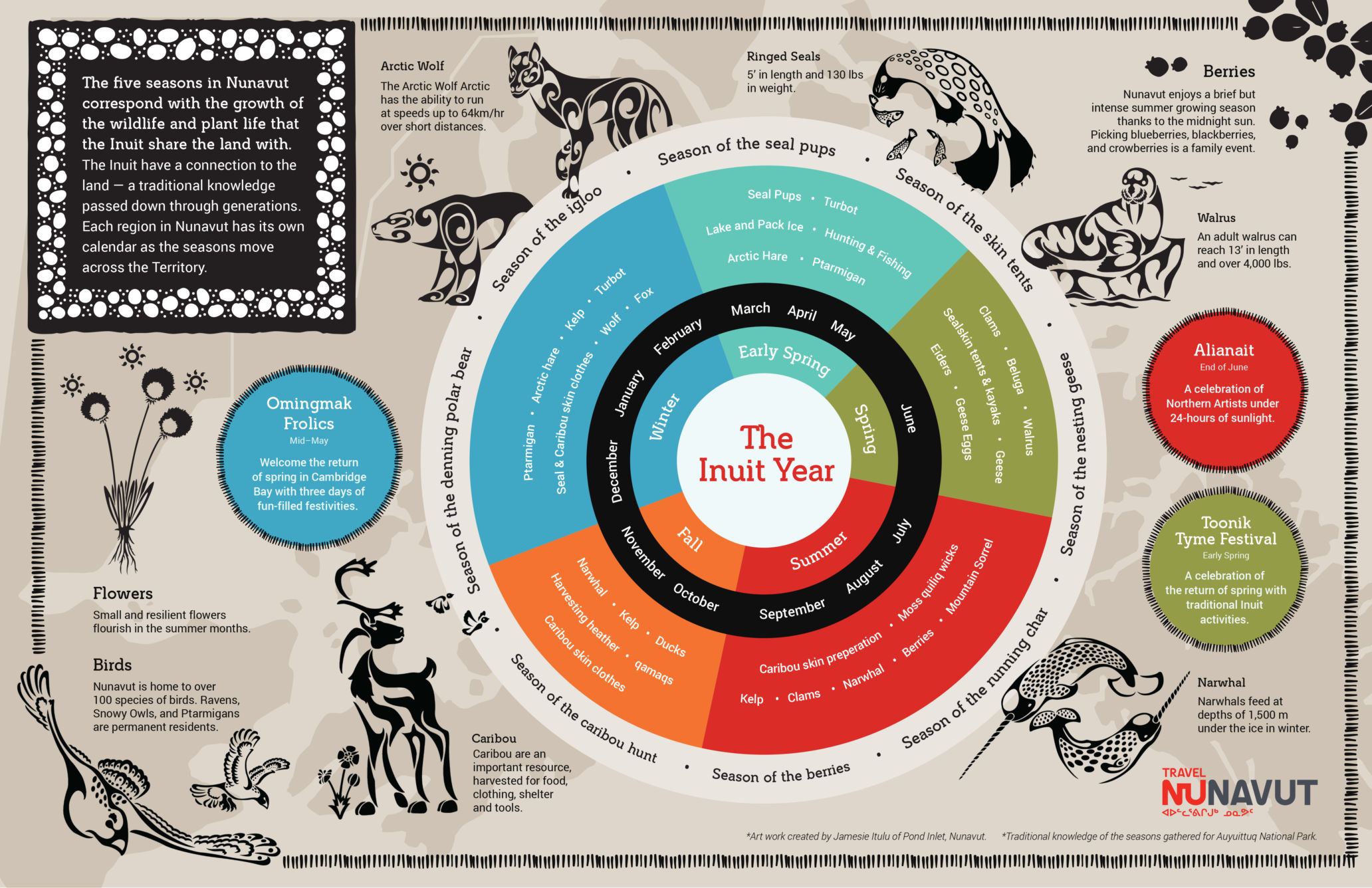
Download the Inuit Year infographic for an in-depth look at what each season brings with it across Nunavut, here.
Spring
Spring in Nunavut (from April to June) is a time of great renewal. The hard-packed snow begins to soften, and the sun, reflected off the snow’s surface, seems to be shining from both above and below. As the weather warms, the sea ice begins to break apart, revealing an ecosystem teeming with life at the floe edge. This annual attraction means excellent wildlife viewing, and many travellers will plan their Nunavut visit around a floe edge experience (to plan a Floe Edge tour, click here.) Although the mercury is on the rise, this time of year still sees a lot of snow on the ground, so dogsledding is another popular springtime activity. Keep in mind that “warm” is relative, with average daytime temperatures of -15° to -0° Celsius.
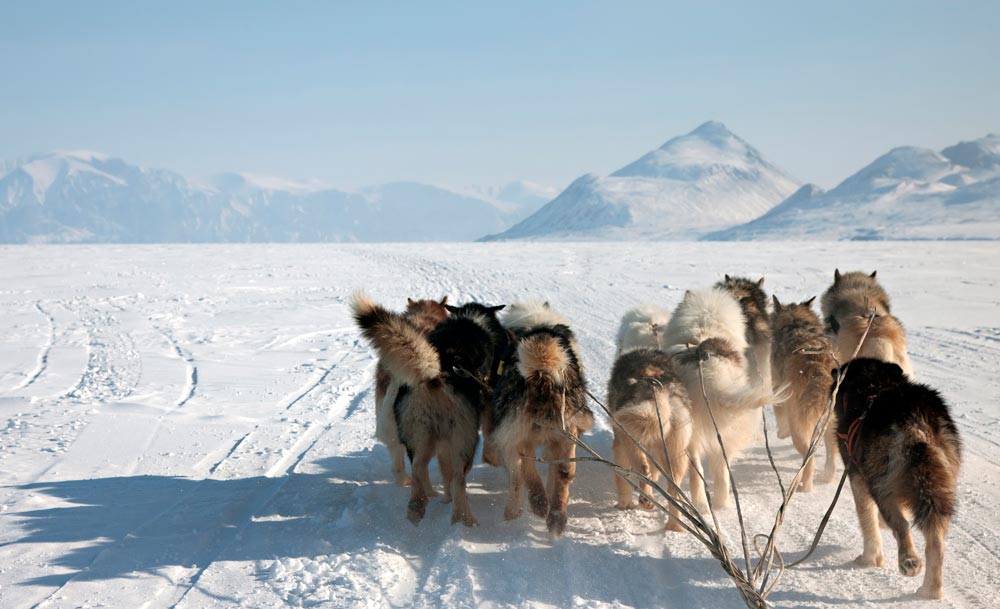
Summer
As with many other destinations, summer (from July to August) offers a wealth of options for outdoor experiences. Popular activities include boat tours and cruises, sea kayaking, canoeing, camping, fishing, wildlife viewing, and hiking in National and Territorial Parks. Depending on the location (Nunavut is vast, and the terrain and average temperatures vary greatly) summer weather can be surprisingly warm. In the community of Kugluktuk, temperatures can reach 30 degrees Celsius, cheerful arctic flowers adorn the landscape, and a lifeguard stand can be found on the well-attended beach. However even on the most temperate summer day, temperatures can drop to below 0° in the evenings, or due to rain.
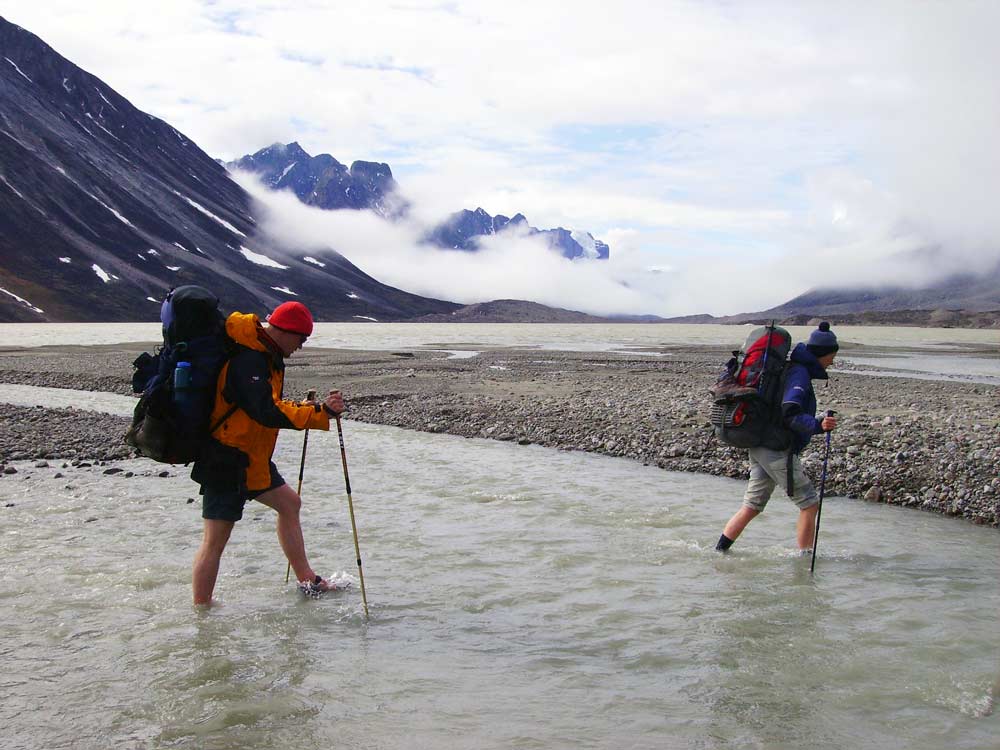
Fall
In September and October, the earth cools and time slows down. Fall is when the arctic cold starts to take hold again, but this season can also be ripe with opportunities for berry-picking and boat tours. Despite its lack of trees, Nunavut undergoes its own autumnal colour change: the tundra glows in gradients of red, brown, and orange. The northern lights are also very visible at this time, with prime viewing in October and November.
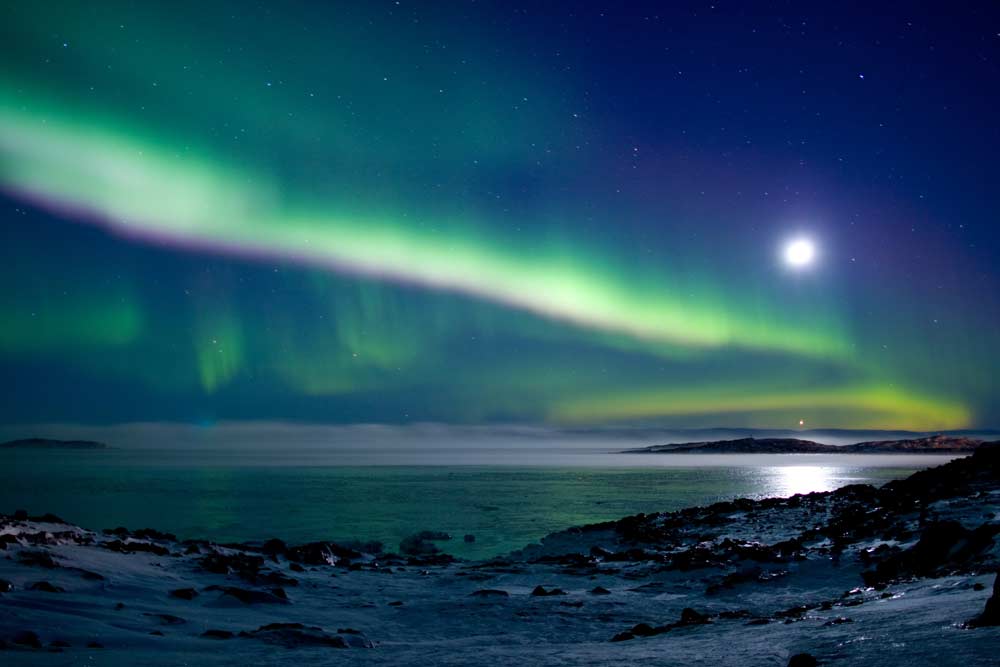
Winter
It’s no secret that winter (from November to March) in Nunavut offers some of the most frigid conditions travellers will experience in their lifetime. This is the iconic arctic winter that is portrayed in movies and on TV: harsh, otherworldly, and utterly beautiful in its own way. Lows of -35° are not uncommon, and windchill can drop this to -80°. Visiting during this time of year isn’t for those seeking a comfort trip, but with the proper clothing, equipment, and guidance, activities such as camping and igloo-building can be enjoyed in the extreme cold and snow. Deepest cold also provides crystal-clear visibility in the night sky, making winter an ideal time to view the spectacular aurora borealis.
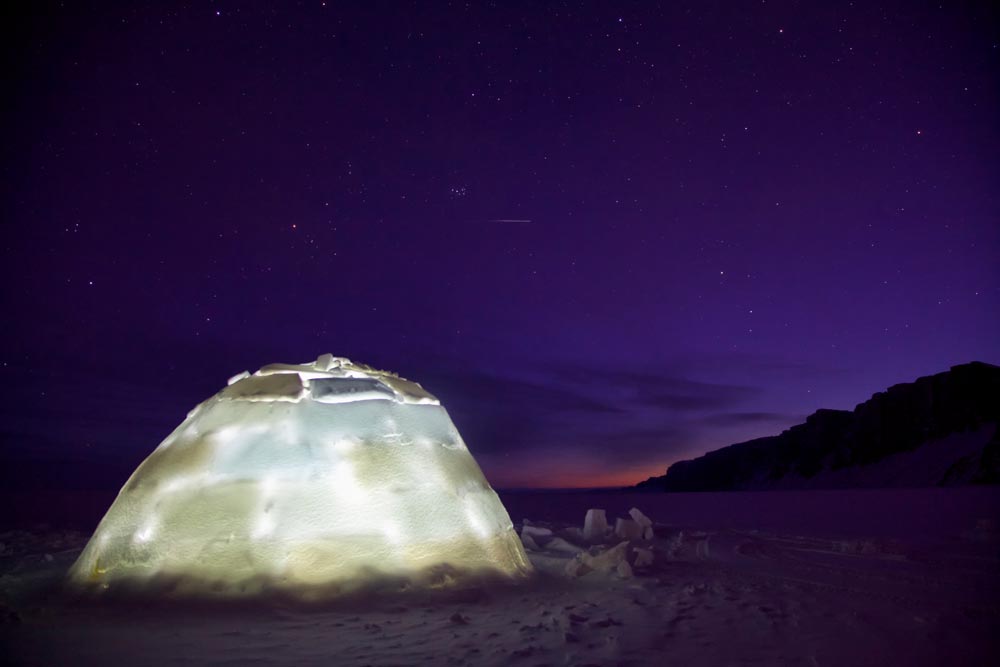
In the Arctic, the temperature isn’t the only thing that changes drastically from season to season. The midnight sun of summertime can be one of the more difficult things for travellers to adjust to, and the farther north one travels, the more pronounced the effect becomes. However, the permanent light can bring a unique benefit to expeditions: hiking, canoe trips, and camping are not limited to “daytime” hours for travel and exploration. Iqaluit only sees a few weeks of 20-hour daylight around the June 21st solstice, whereas Grise Fjord (the northernmost civilian settlement in North America) gets about three months of pure sunlight. Wintertime, of course, brings darkness in equal measure.
There are dangers specific to certain seasons that all travellers must be wary of. Polar bears follow a migratory route along the Hudson Bay coastline during spring and fall, making these areas unsafe to traverse without proper guidance. Cracking ice in the spring and summer can also pose a significant risk. Large, seemingly solid chunks of ice can give way in an instant.
Regardless of the season, inclement weather can crop up at any given moment. When visiting Nunavut it’s best to have a Plan A, B, C, and even D in case of unpredictable conditions, and to keep expectations flexible. Outfitters and adventure companies are always prepared to work with the conditions, make necessary adjustments, or find alternative activities. Although your time in the North may not end up exactly as planned, it’s certain to be an adventure you’ll fondly remember for many seasons to come.